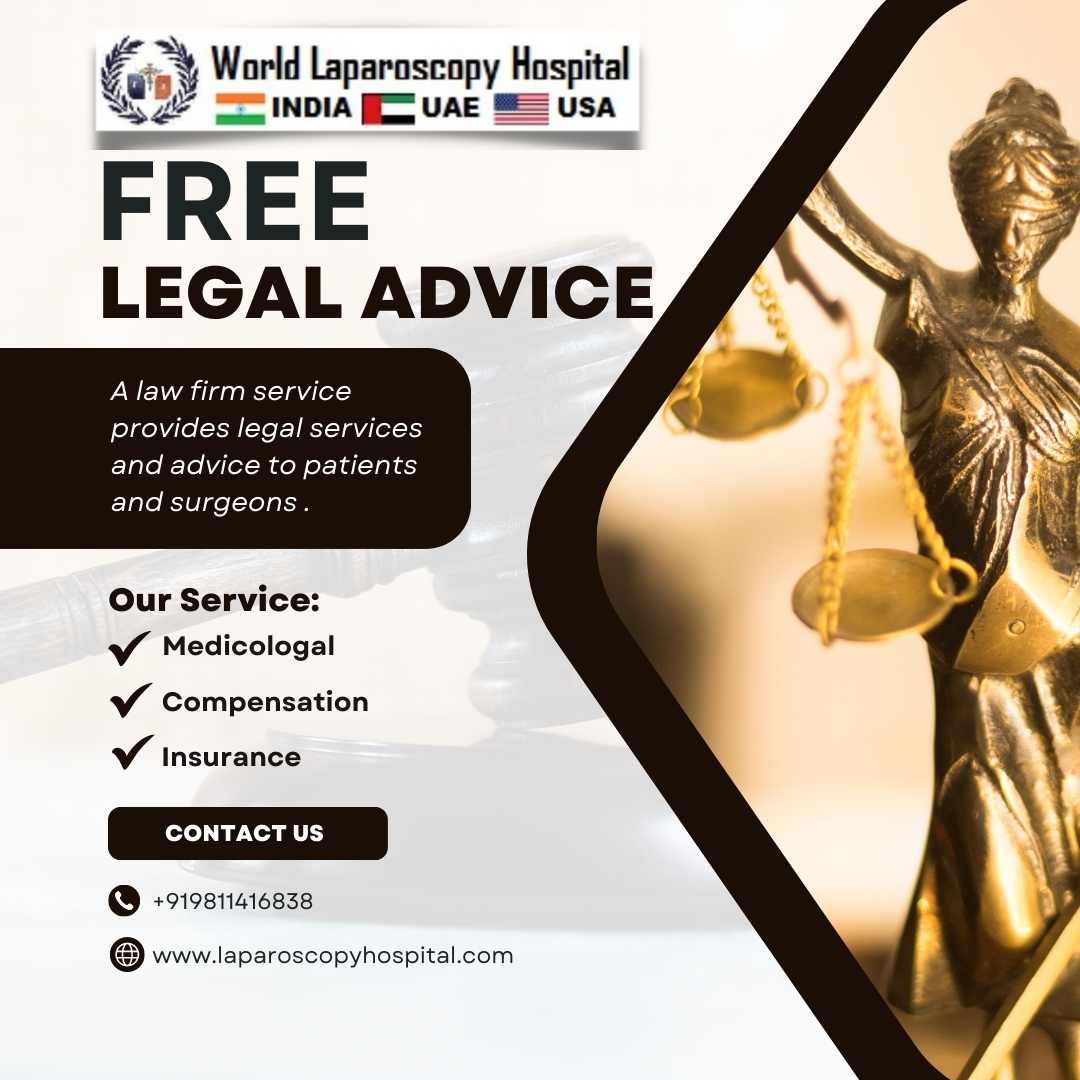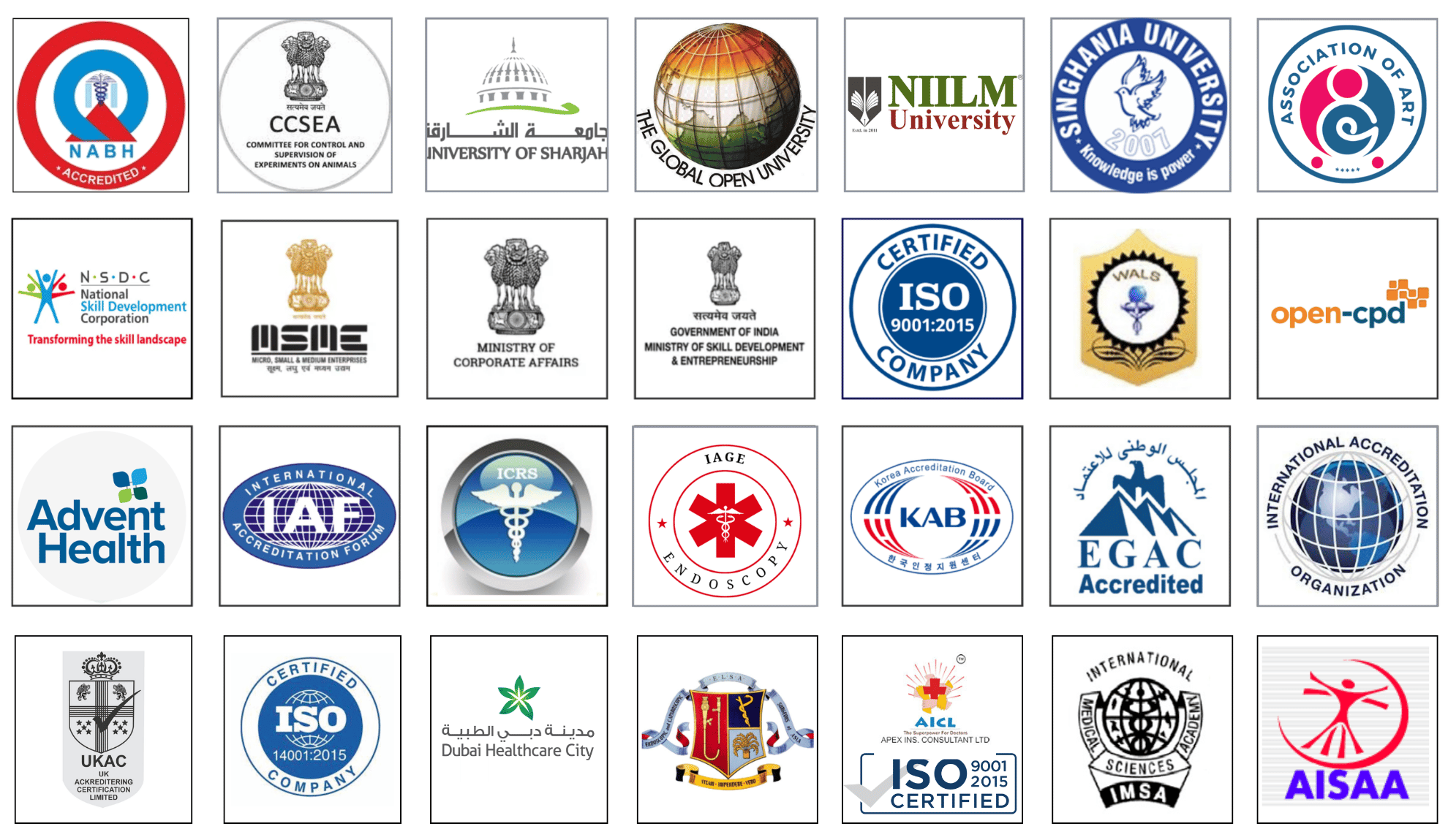| Discussion in 'All Categories' started by Manav Katitar - Aug 7th, 2014 7:23 pm. | |
|
Manav Katitar
|
My four-year-old son had accidentally caught his finger inside a bicycle wheel, amputating area of the distal phalanx. In the Emergency Department of the local hospital, it was found that the pulp and nail from the finger were lost and also the bone from the terminal phalanx was exposed. General anaesthesia was handed to my son by consultant anaesthetist, who noted that my son would be a fit case for general anesthesia and well boy weighing 18kg, didn't have medical problems or allergies, coupled with been appropriately fasted. Anesthetist has inserted a laryngeal mask airway (LMA) to keep the airway, and maintained the anaesthetic having a mixture of nitrous oxide, oxygen and sevoflurane. Towards the end of the operation, as applying the dressings, the theatre sister, noted that pulse of my Son was very slow at 45 beats per minute. The pulse oximeter showed that the saturations were 52%. 100% oxygen was applied by facemask and an oropharyngeal airway. No pulse was palpable after 20 seconds of high flow oxygen, so anesthetist instructed choices to perform external chest compressions. He gave 0.1mg of adrenaline and a second dose after two minutes. The 2nd dose was effective in restoring a palpable pulse, and the oxygen saturations recovered to normalcy. Upon attempting to wake from the anaesthetic, he manifested severe extensor spasms and epileptiform movements of his limbs. He was intubated, sedated and transferred to intensive care. After a prolonged period of care, he was discharged from intensive care with extensive neurological damage in line with hypoxic brain injury. I complained and inquiry was undertaken, which highlighted several regions of very deficient anaesthetic care. Anesthetist hasn't explained me prior to the anaesthetic, coupled with not warned me of the risks of anaesthesia. After induction, anaesthetist had left the reservoir bag concealed under the drapes, where he could not see its movement. He had not used a capnograph to monitor respiration. He had not recorded a blood pressure or respiratory rate at any time throughout the case. The computer monitor alarms had all been switched off earlier in the day and that he had not checked or reinstated them. Surgeon that has done surgery accepted there would be a protracted period of inadequate vigilance throughout the case, during which an extended episode of severe hypoxia occurred. This case occurred over a Two year ago and my son has become a teenager. My Son has now profound impairment of sensation, movement, communication, intellectual function and memory. Help me what should I do. Manav Katitar |
|
re: Brain Damage of my Son
by Nidhi -
Aug 23rd, 2015
7:55 pm
#1
|
|
|
Nidhi
|
Dear Nothing special can be done. Only mental exercises and supportive treatment can be helpful. You should consult a good psychiatrist for the treatment. With regards Nidhi |
Empowering Through Knowledge: World Laparoscopy Hospital's Free Online Medicolegal Advice for Patients and Doctors
In the ever-evolving landscape of healthcare, the intersection of medicine and law plays a pivotal role. Recognizing this crucial juncture, World Laparoscopy Hospital is taking a pioneering step by offering free online medicolegal advice, a service that caters not only to patients but also to fellow healthcare professionals.
The Nexus of Medicine and Law
Medicolegal matters in healthcare are complex and often require a nuanced understanding of both medical practices and legal intricacies. These issues can range from malpractice claims to ethical dilemmas. World Laparoscopy Hospital's initiative to provide free online medicolegal advice acknowledges the importance of navigating these complexities effectively.
A Global Need for Expertise
Medical and legal concerns are universal, transcending geographical boundaries. Patients may find themselves in situations where they require legal guidance related to their healthcare, while doctors may seek clarification on medicolegal matters pertaining to their practice. World Laparoscopy Hospital stands ready to address these needs by offering free online medicolegal advice to a global audience.
Key Aspects of World Laparoscopy Hospital's Free Online Medicolegal Advice Service:
1. Accessible Expertise: The hospital boasts a team of experienced physicians, surgeons, and legal experts who specialize in medicolegal matters. This multidisciplinary approach ensures that individuals receive guidance from professionals well-versed in both medicine and law.
2. Global Reach: The online platform transcends geographical constraints, allowing patients and doctors from all corners of the world to access this service. This inclusivity is especially beneficial for those who may not have local access to medicolegal experts.
3. Convenience: The online medicolegal advice service is available around the clock, offering the convenience of seeking guidance at any time. This is particularly valuable for addressing urgent or time-sensitive issues.
4. Privacy and Security: World Laparoscopy Hospital places a premium on patient confidentiality and data security, ensuring that sensitive medicolegal information is treated with the utmost care.
5. Comprehensive Support: The hospital's experts provide holistic advice, addressing immediate concerns while also offering insights into navigating the complex medicolegal landscape effectively.
6. Professional Collaboration: In addition to aiding patients, the platform serves as a space where doctors can consult with their peers and medicolegal experts. This encourages collaboration and knowledge sharing among healthcare professionals.
Empowering Patients and Professionals Alike
The provision of free online medicolegal advice aligns seamlessly with World Laparoscopy Hospital's mission to empower patients and doctors. It enables patients to better understand their rights and options in medicolegal matters while offering doctors valuable guidance in navigating the legal aspects of healthcare.
Fostering Improved Healthcare Practices
In a world where medicolegal issues can be both intricate and intimidating, World Laparoscopy Hospital's commitment to offering free online medicolegal advice is a ray of hope. It empowers individuals and healthcare professionals to navigate these complex waters more confidently and effectively. World Laparoscopy Hospital's dedication to providing free online medicolegal advice is a testament to its commitment to improving healthcare practices globally. By making expertise more accessible, more inclusive, and more patient-centric, this institution is not only providing valuable guidance but also contributing to a healthcare landscape where informed decisions and ethical practices prevail. In a world that increasingly values knowledge, this initiative is a beacon of empowerment and enlightenment.
Ask Free Legal Questions On Consumer Protection Related to Laparoscopic Surgery. As the Premier Institute of Minimal Access Surgery World Laparoscopy Hospital provide Free medico legal advice to Patient and Surgeon. Institute of Medicine & Law department of World Laparoscopy Hospital provides education, information, and services in medical laws. WLH Medico Legal information and analysis is real-time, accurate, actionable and is delivered to doctors, hospitals, and lawyers on multiple platforms using the latest in technology.
Knowledge Bank of World Laparoscopy Hospital on Medical Laws is comprehensive and continuously updated with the latest developments in medical laws. Today, in World, World Laparoscopy Hospital possesses the best resources in terms of professionals, information, and knowledge on medical laws related to Minimal Access Surgery and these are optimally utilized in providing Medico legal Legal solutions.<
World Laparoscopy Hospital organizes the National and International Convention on Medico legal issues related to Minimal Access Surgery every year, a platform to identify the legal issues relating to laparoscopic and robotic surgery, discuss them threadbare, and suggest remedial measures. Doctors, medical associations, hospitals, lawyers, judges, regulators, and policy makers are part of this initiative.







